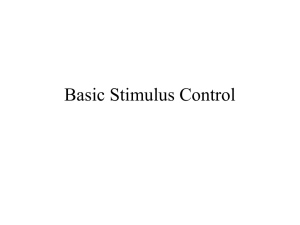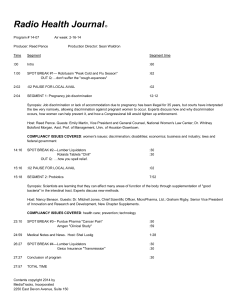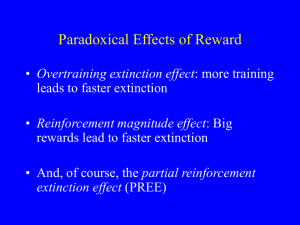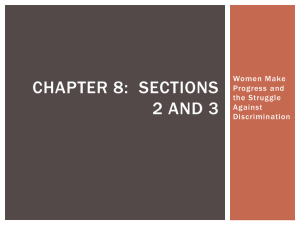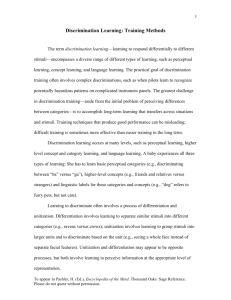Feature Positive Effect
advertisement
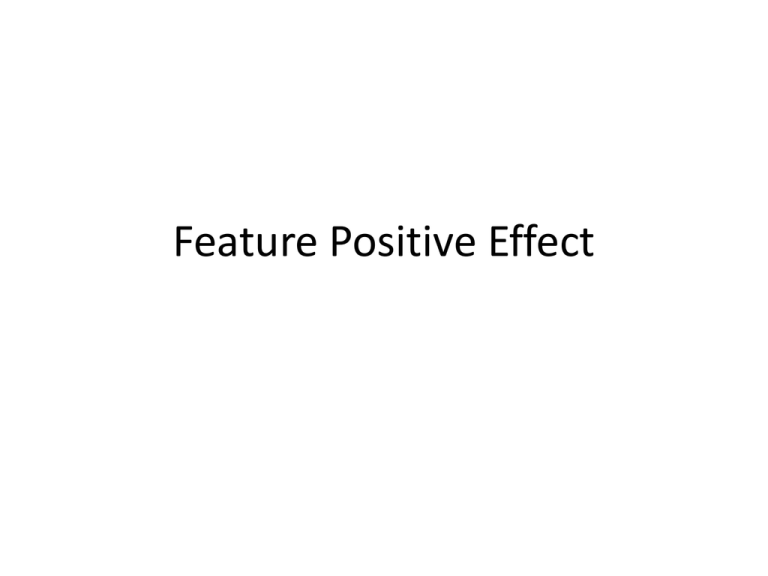
Feature Positive Effect Errorless Discrimination Learning: • Terrace: criticizes way most discrimination learning or training is conducted: – subjects allowed to make many, many errors – often get aggressive behavior occurring soon after transition from S+ to S– even after long training durations, subjects till make many errors • Alternative suggestion: Errorless learning – subjects typically make fewer or no responses to S– differs from traditional approach in two major ways: • rather than waiting for steady responding to S+, introduces S- early in learning • fading procedure used to make it unlikely that subjects will respond to S- Feature Positive Effect • several limitations on effectiveness of discrimination training: – discrimination will not occur if animal cannot detect difference between stimuli – animal won't form discrimination if not attend to proper stimuli • the stimulus that an animal attends to is determined by many factors, including: • species differences • salience of stimuli • past experiences Feature Positive effect: Jenkins and Hearst • basic experiment: – – – – pigeons given 2 stimuli simultaneously S+ = lighted key w/dark spot S- = lighted key w/no dark spot looked at discrimination ratio: • key pecks to S+/ total key pecks • thus: perfect dsicrimination ratio = 1.0 • no discrimination = 0.5 – results of initial experiment: pigeons quickly learned to discriminate Feature Negative Effect then: switched stimuli around: – S+ = lighted key w/NO dark spot – S- = lighted key w/dark spot • found NO discrimination in this case • Why? Feature Negative effect! Feature Positive Effect S+ S- S+ S- S+ S- S+ Feature Negative Effect S+ S- S+ S- S+ S- S+ One more try! S- S+ S- S+ S- S+ S- S+ S- S+ S- S- So, what is the concept? An Unusual Paragraph! • How quickly can you find out what is so unusual about this paragraph? It looks so ordinary that you would think that nothing is wrong with it at all, and, in fact, nothing is. But it is unusual. Why? If you study it and think about it, you may find out, but I am not going to assist you in any way. You must do it without coaching. No doubt, if you work at it for long, it will dawn on you. Who knows? Go to work and try your skill. Par is about half an hour. A Clue • The author, Eliot Hearst, could not add his name to the paragraph and maintain the concept!

